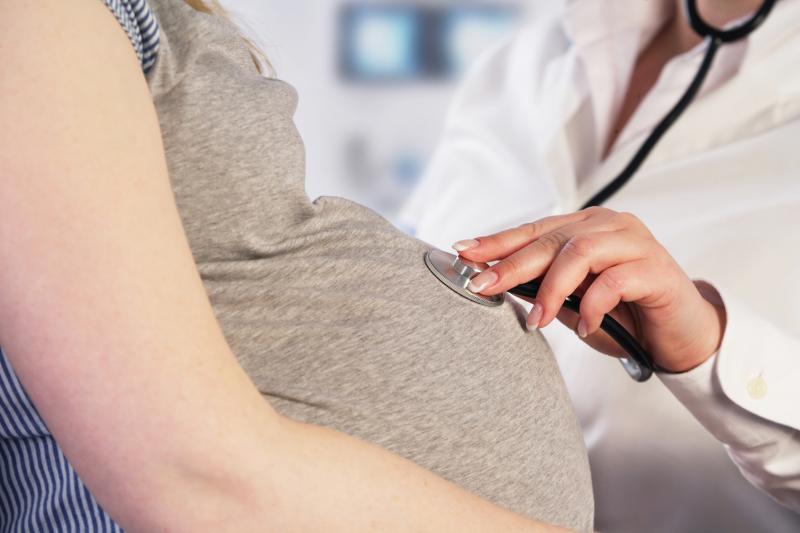 Postpartum depression: how nurses can help
Postpartum depression: how nurses can helpThe timing of betamethasone (BMZ) administration in pregnant women does not seem to differentially affect the suppression of the hypothalamic-pituitary-adrenal (HPA) axis and, in turn, has no apparent effect on neonatal outcomes, according to a study presented at recently concluded 40th Annual Pregnancy Meeting of the Society for Maternal Foetal Medicine (SMFM 2020).
Researchers enrolled 1,414 eligible women who were then categorized into three according to the time of BMZ administration: epoch 1 (00:00–07:59; n=131; maternal age, 27.3±6.0 years), epoch 2 (08:00–15.59; n=785; maternal age, 28.7±6.1 years) and epoch 3 (16:00–23.59; n=498; maternal age, 28.9±6.0 years). The primary study outcome was a composite of respiratory morbidities.
In terms of baseline characteristics, researchers found a significant between-group difference in terms of having had a previous live-born child with respiratory problems at birth (p=0.011). In particular, this outcome was more common in the epoch 2 vs 1 and 3 (16.6 percent vs 10.7 percent vs 11.0 percent; p=0.011). The remaining baseline factors were comparable across epochs. [SMFM 2020, abstract P637]
Similarly, the rate of caesarean deliveries differed across epochs (p=0.016) and was most common in epoch 3, followed by epochs 2 and 1 (33.1 percent vs 32.7 percent and 20.6 percent). Other pregnancy outcomes, such as gestational age at delivery (p=0.859), sex of infant (p=0.904) and birth weight (p=0.171), were unaffected by the timing of BMZ administration.
Neonatal outcomes were likewise unaffected by BMZ timing. For instance, the primary outcome of composite respiratory morbidities occurred with comparable frequencies in epochs 1, 2 and 3 (11.5 percent vs 12.0 percent vs 10.8 percent; p=0.826).
The prevalence of severe and major respiratory morbidities was set as a secondary outcome and was likewise comparable across epochs (9.2 percent vs 7.7 percent vs 7.6 percent; p=0.839). The composite of neonatal adverse outcomes occurred more commonly but showed a similarly null cross-epoch pattern (36.6 percent vs 32.0 percent vs 36.6 percent; p=0.194).
These findings were confirmed through multivariate logistic regression analysis. Setting epoch 1 as the reference, the likelihood of developing composite respiratory morbidities was insignificant in epoch 2 (odds ratio [OR], 0.97, 95 percent confidence interval [CI], 0.53–1.8) and epoch 3 (OR, 0.93, 95 percent CI, 0.49–1.77).
The same was true for severe respiratory morbidities (epoch 2: OR, 0.82, 95 percent CI, 0.41–1.64; epoch 3: OR, 0.87, 95 percent CI, 0.42–1.79) and adverse outcomes (epoch 2: OR, 0.77, 95 percent CI, 0.51–1.16; epoch 3: OR, 0.98, 95 percent CI, 0.64–1.50).
“In adults, administration of exogenous steroids overnight results in greater HPA axis suppression than when given during the day. This finding has not been shown in pregnancy and the consequent effect on neonatal outcomes is not known,” said the researchers.
The present study was a secondary analysis of a multicentre randomized trial of late preterm BMZ, including women who were at least 34 weeks pregnant at enrolment. Timing of BMZ administration was approximated according to the time of randomization.